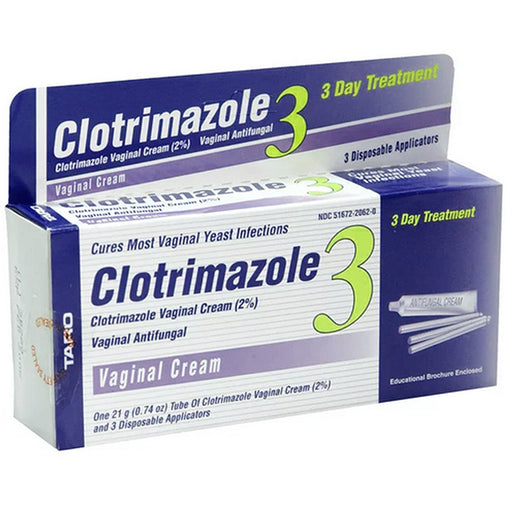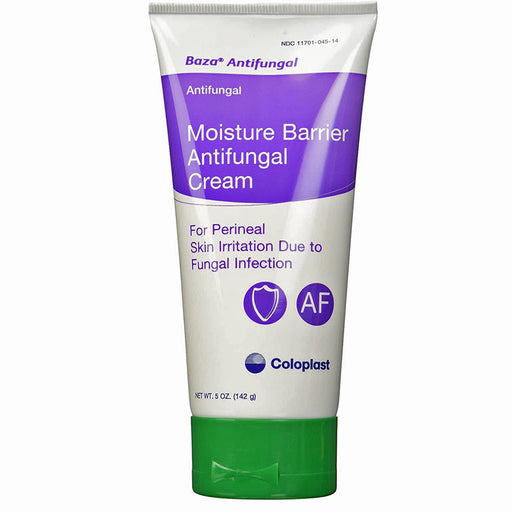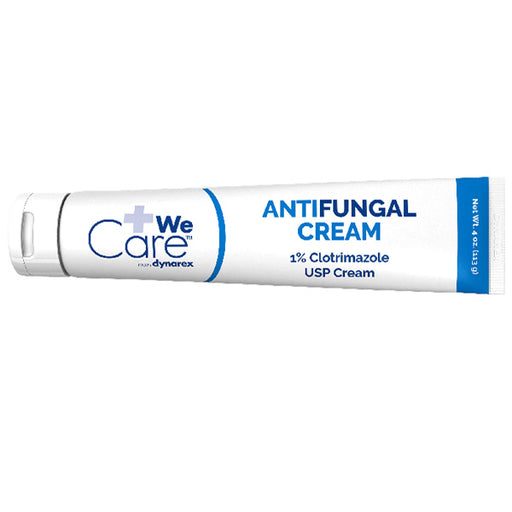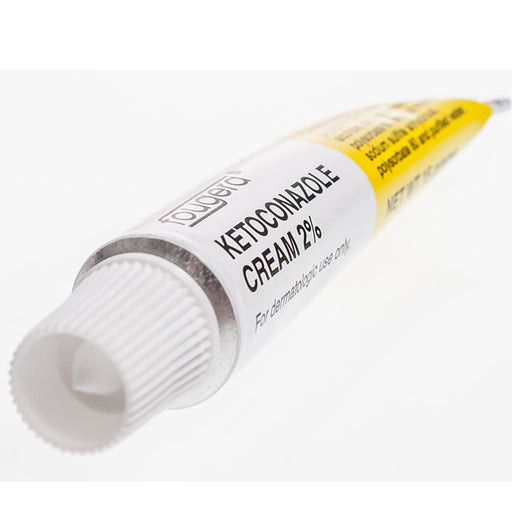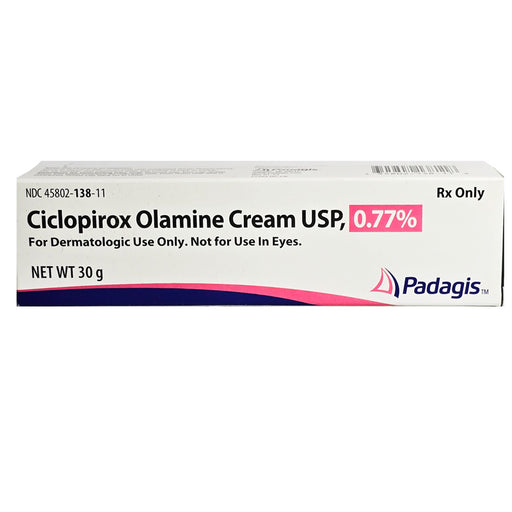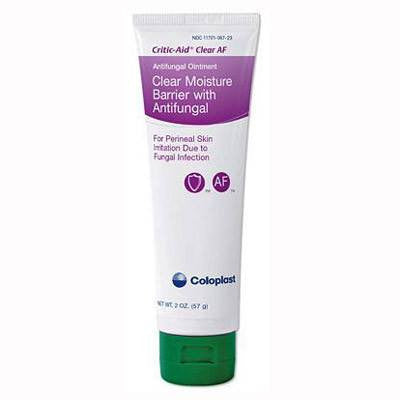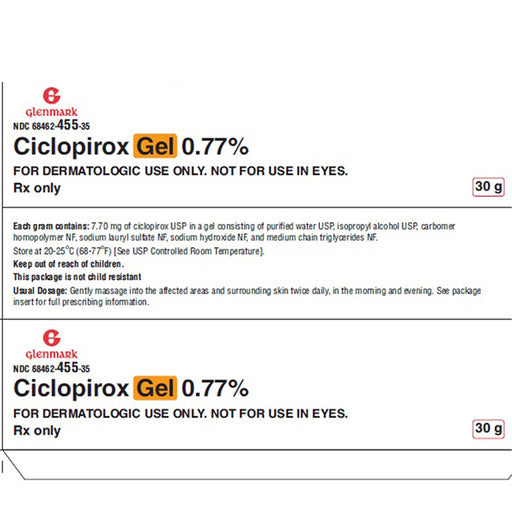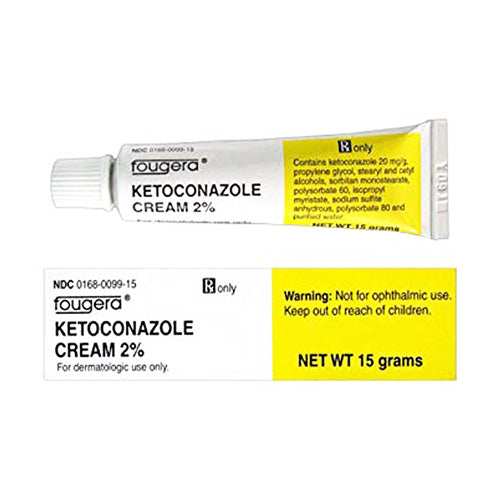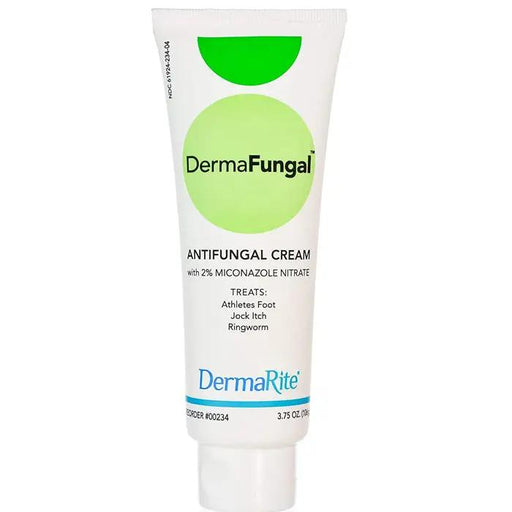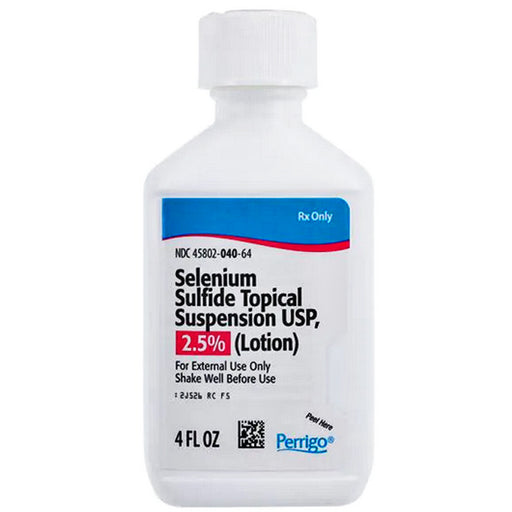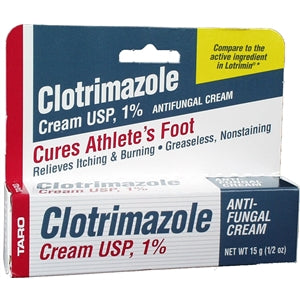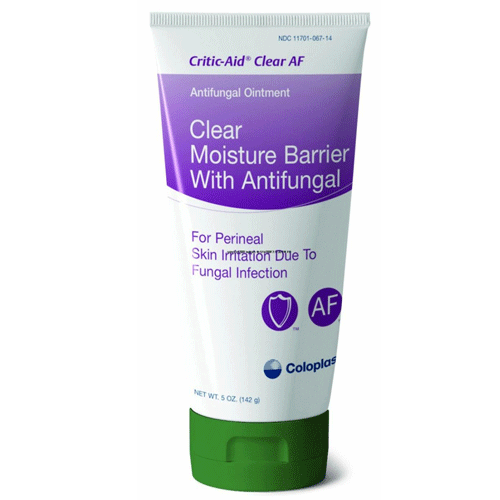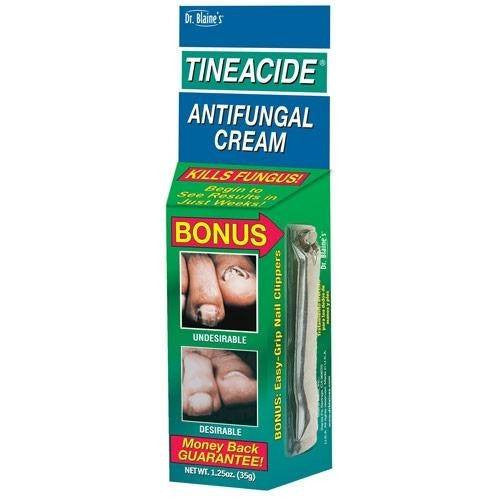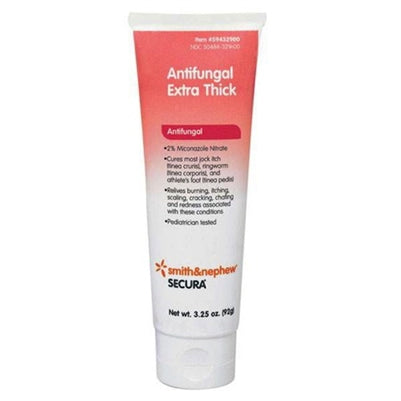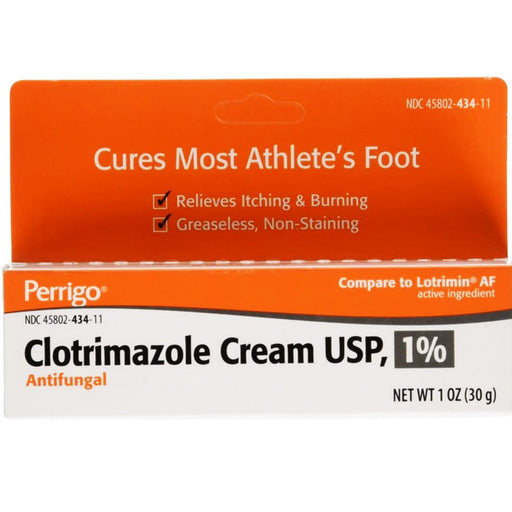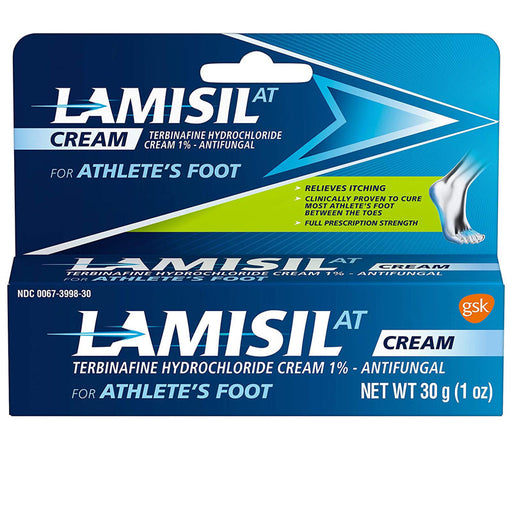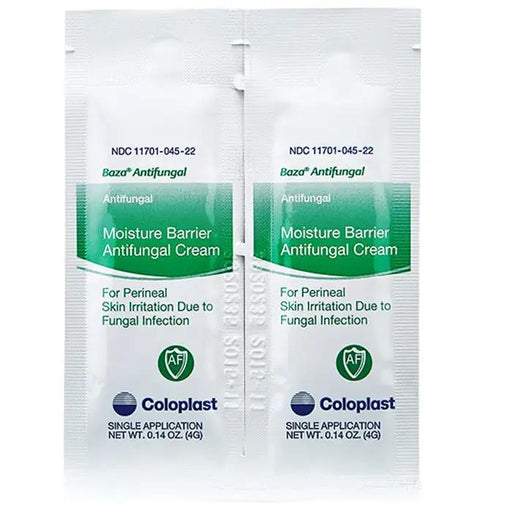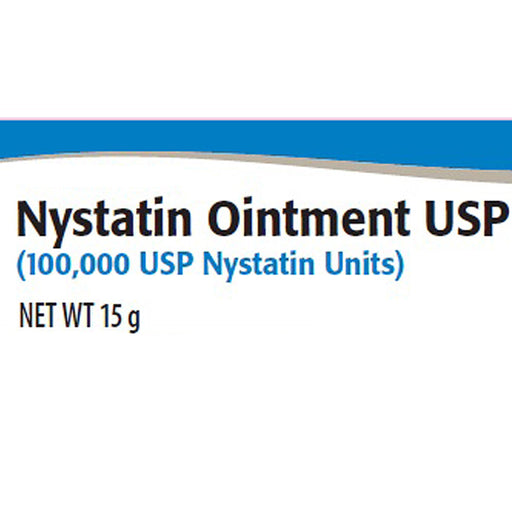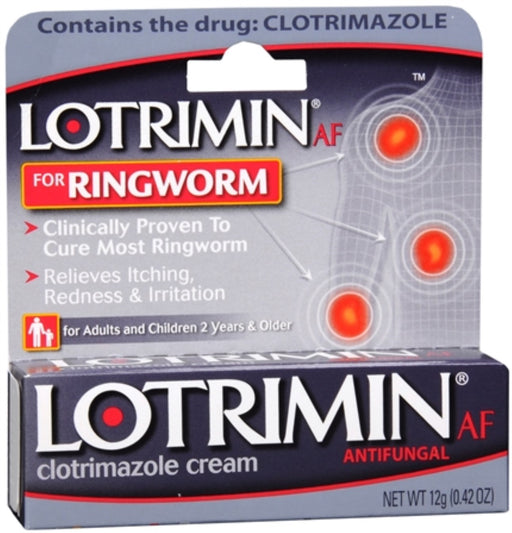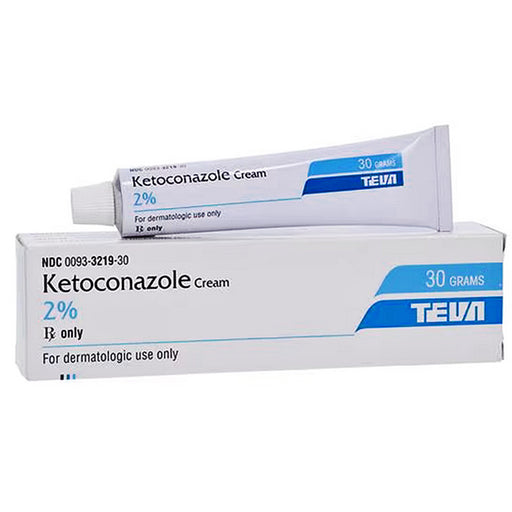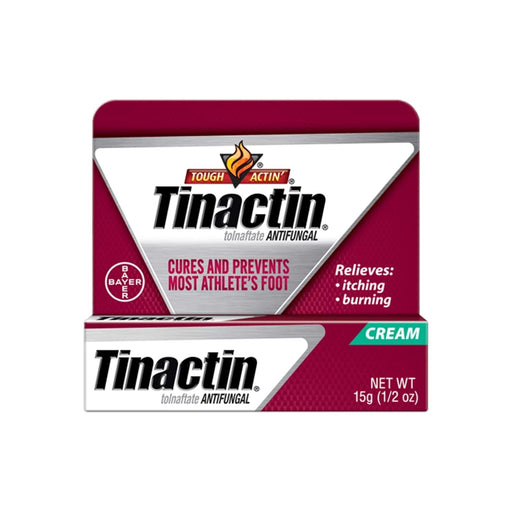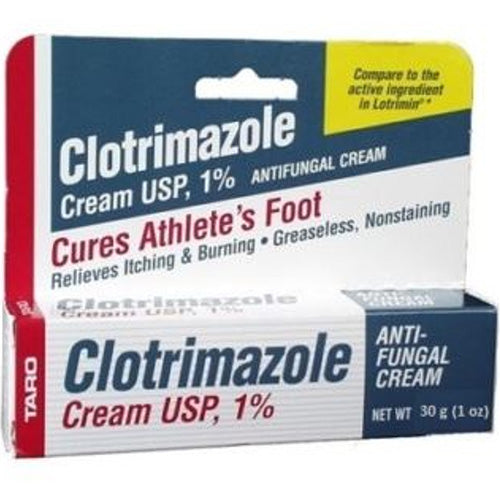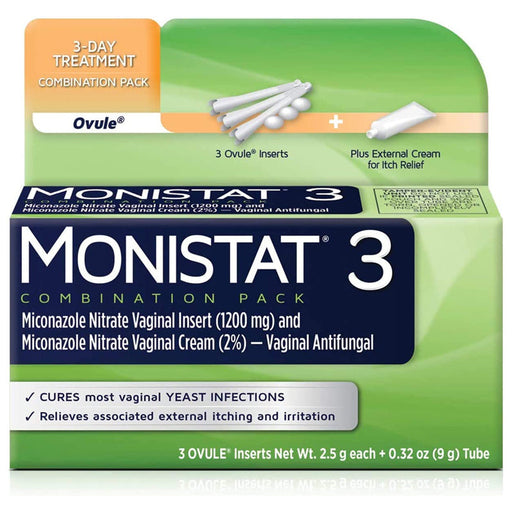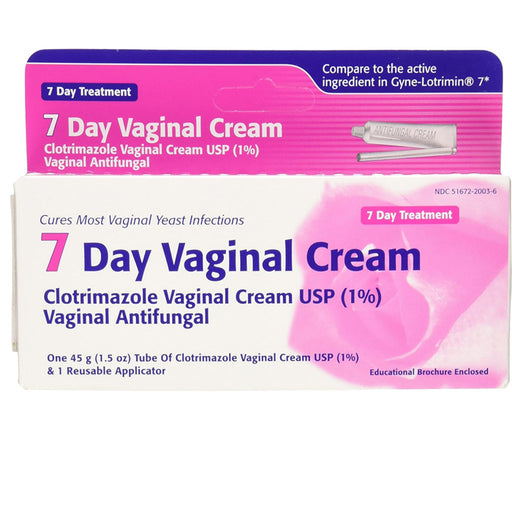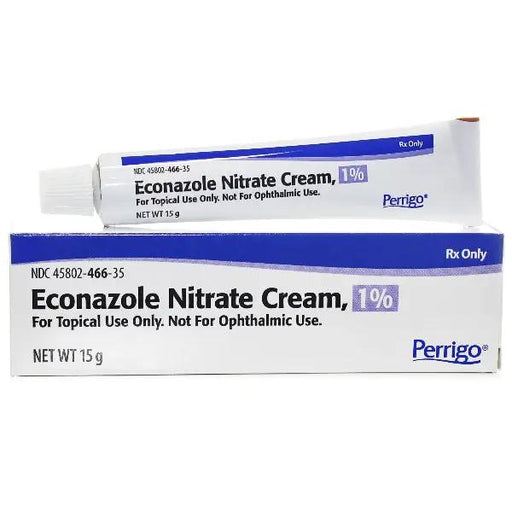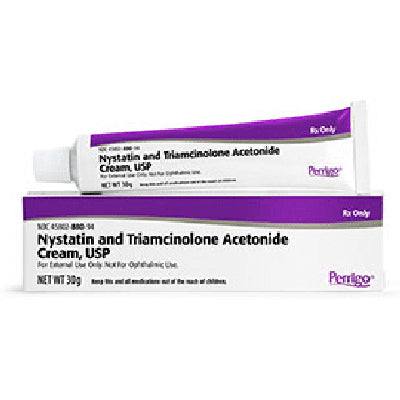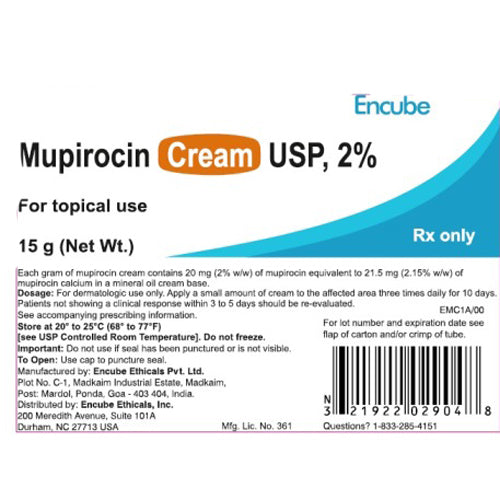What is Antifungal cream
An antifungal cream is a topical medication used to treat fungal infections on the skin. These infections may include conditions like athlete's foot, ringworm, jock itch, and yeast infections. Antifungal creams typically contain active ingredients such as clotrimazole, miconazole, terbinafine, or ketoconazole, which work by inhibiting the growth of fungi, thereby reducing symptoms and clearing the infection. It's important to follow the directions provided with the cream and consult with a healthcare professional for proper diagnosis and treatment.
Areas you Apply Antifungal Cream
Antifungal creams can be applied to various areas affected by fungal infections. Common application sites include:
- Feet: For conditions like athlete's foot.
- Groin Area: Used for jock itch.
- Hands: For infections such as ringworm.
- Body: For general skin fungal infections (dermatomycosis).
- Nails: To treat nail fungus, though specific formulations are often required.
- Scalp: Some antifungal creams can be used for scalp infections, though shampoos are more common.
- Private Part / Vagina: For yeast infections, but often specific antifungal formulations are used.
Types of Antifungal Cream
Clotrimazole:
- Brands: Lotrimin, Canesten
Miconazole:
- Brands: Monistat (often for vaginal yeast infections), Micatin
Terbinafine:
- Brands: Lamisil
Ketoconazole:
- Brands: Nizoral
Tolnaftate:
- Brands: Tinactin
Butenafine:
- Brands: Lotrimin Ultra
Econazole:
- Brands: Spectazole
Naftifine:
- Brands: Naftin
Each formulation is designed to treat specific types of fungal infections, so it's essential to choose the right product based on your needs and ideally under the guidance of a healthcare professional.
Possible Side Effects
Antifungal creams are generally safe, but they can cause side effects in some people. Common side effects include:
- Skin Irritation: Redness, itching, or a burning sensation at the application site.
- Rash: Development of a rash due to sensitivity to the medication.
- Allergic Reaction: Symptoms may include swelling, severe itching, or hives. Seek medical attention if this occurs.
- Dry Skin: Some creams can cause dryness or peeling of the skin.
- Contact Dermatitis: An inflammatory reaction that results from contact with the cream.
If you experience severe or persistent side effects, it's important to stop using the cream and consult a healthcare professional. Always follow the instructions provided with the medication and use as directed.

